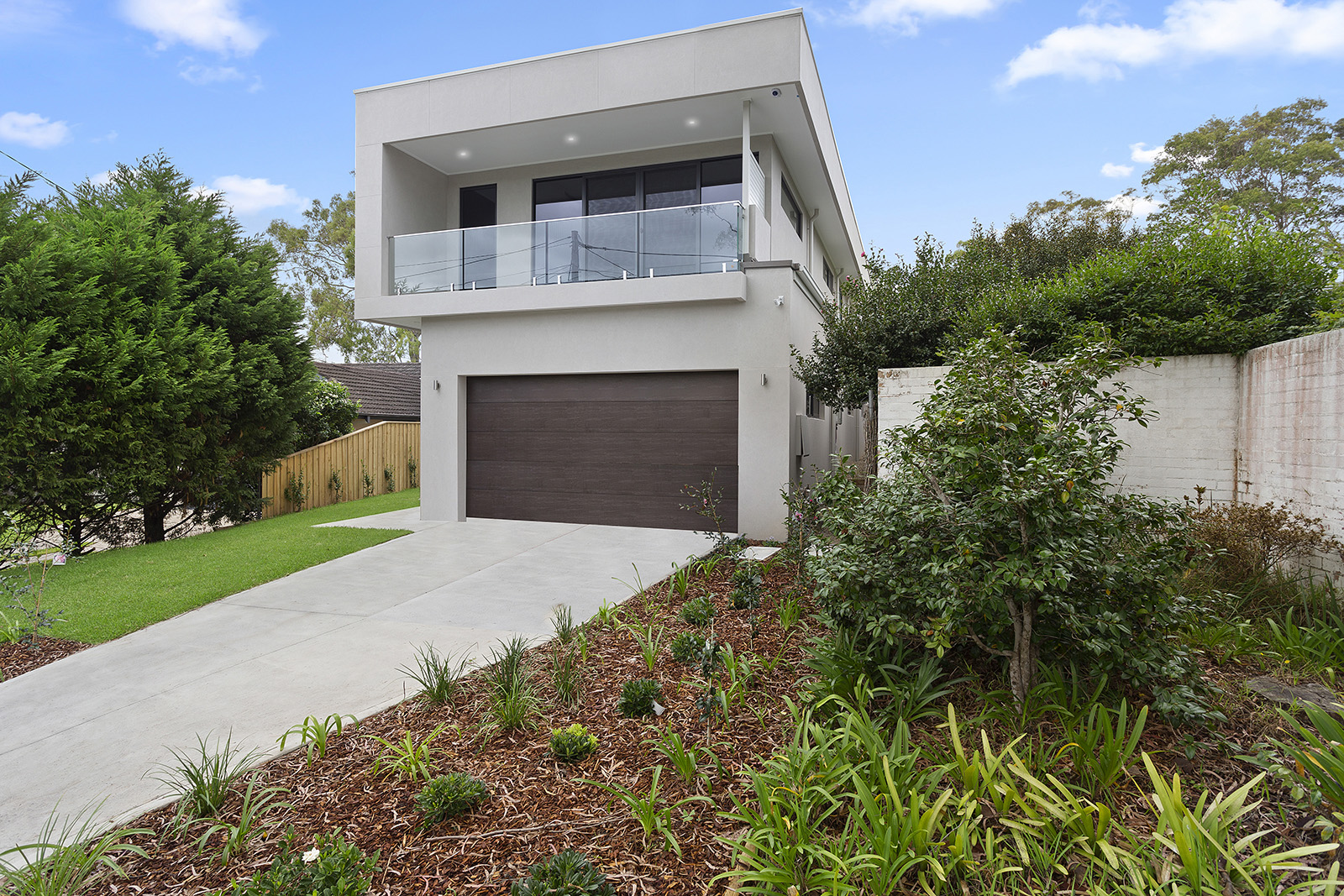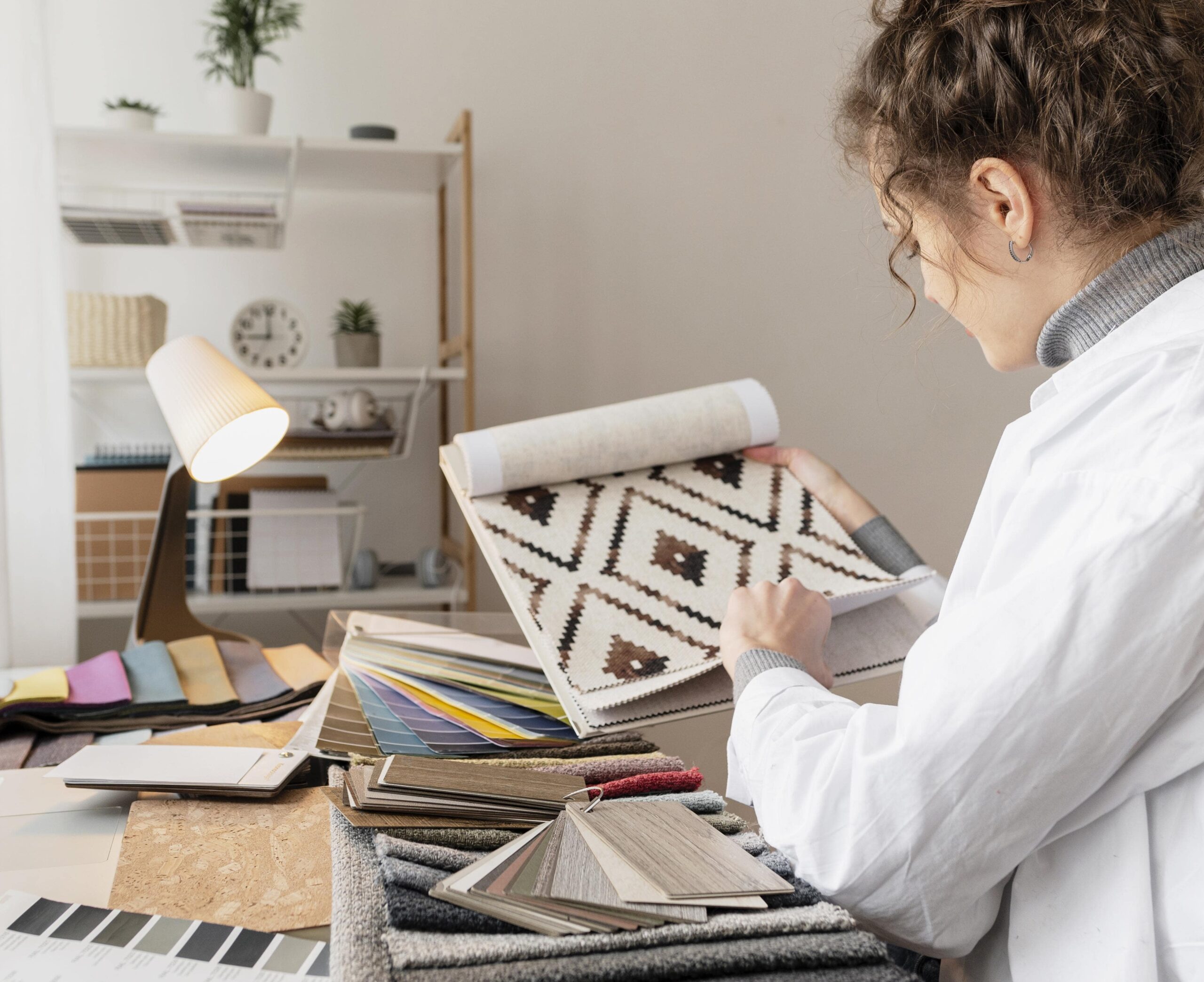
Living in a Passive House | Using Mother Nature to Heat and Cool
Passive House certified buildings have proven that it is possible to build structures requiring so little energy, that conventional heating and cooling systems are rendered unnecessary (or almost unnecessary).
A passive House’s integrated design process involves the whole design team. As a fabric-first construction standard summarised by 5 design principles – thermal insulation, high performance windows, airtightness, mechanical ventilation heat recovery and thermal bridge free construction, and performance criteria, it ensures a design delivers very high performance and comfort for the lifetime of the building, plugging the “Performance Gap” often experienced in building operations.
Passive House (or Passivhaus) was originally developed in Germany. It has since gained popularity throughout Europe, and is now spreading to diverse climatic regions including California, Japan, Indonesia and Australia. To date, 40,000 houses, schools, offices, and other building types have been built to the Passive House standard around the world. During cold periods, the small amount of heat that can be added to incoming fresh air through a ventilation system is sufficient to keep a Passive House at a comfortable temperature. During warmer periods, strategic shading and aeration is typically enough to keep a Passive House comfortably cool. (That said, in warm, humid climates like ours, some type of small-scale air conditioning may be required.) Needless to say, the number-one benefit of living in a Passive House is its energy efficiency.
Add to that solar and suddenly your energy bill may well even begin to make you money. Passive Houses not only save money over the long term, especially in light of rising energy costs, but are surprisingly affordable to begin with. The investment in higher quality building components required by the Passive House standard is mitigated by the elimination of expensive heating and cooling systems. The financial support, increasingly available in many countries, makes building a Passive House all the more feasible.
Even so, Passive Houses do cost more upfront than their conventional counterparts. On average, someone building a Passive House in Germany might expect to spend about 8% more, and this cost difference is likely more in countries where Passive House components are not yet readily available. As the number of Passive House-suitable components on the market increase, prices in these other countries will drop. Financial support for Passive Houses, as currently available in a number of countries, further reduces their cost. In light of this, building a Passive House may even be more affordable over the long term than building a conventional home.
Keen to know more? The South Pacific Passive House Conference is on October 8-11, 2020 at the University of New South Wales’ Roundhouse in Sydney.
If you’re looking to build, you’ve come to the right place. Contact us today for a chat.
Source Australian Passive House Association and International Passive House Association
Experience
the
Difference
Ready to start your building journey? Chat to our team of experts today and get a FREE personalised quote
Find Out More
Related Posts




